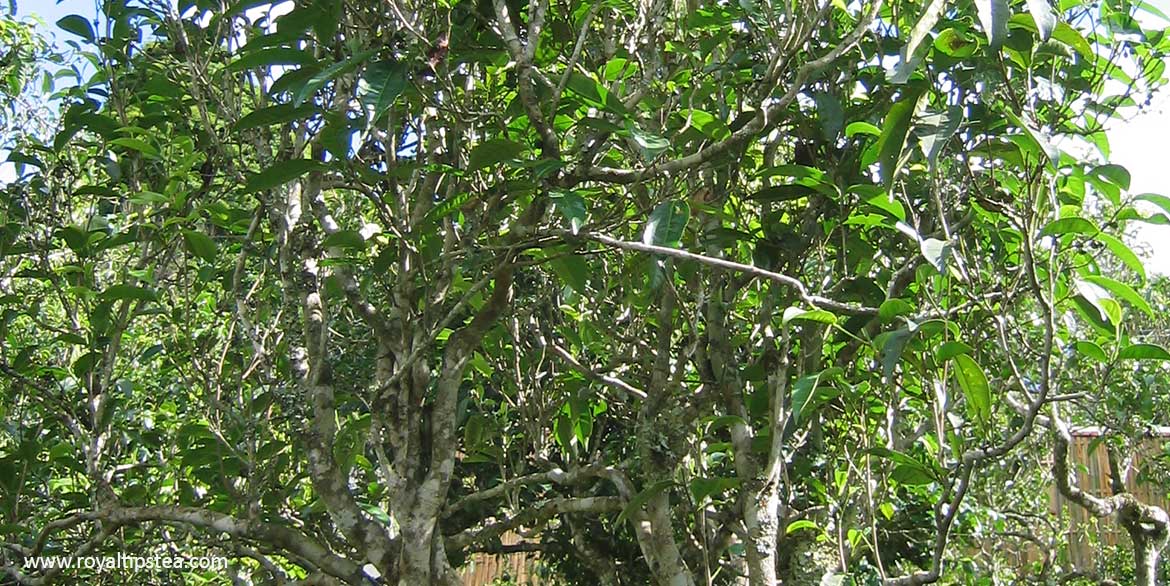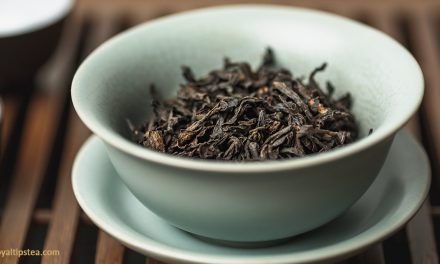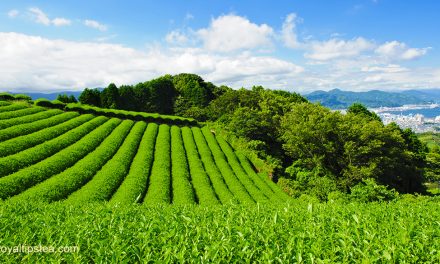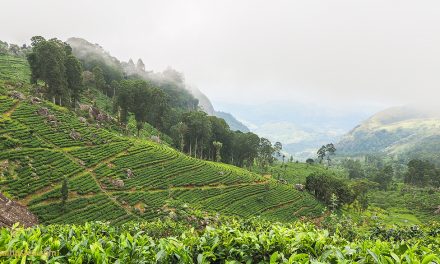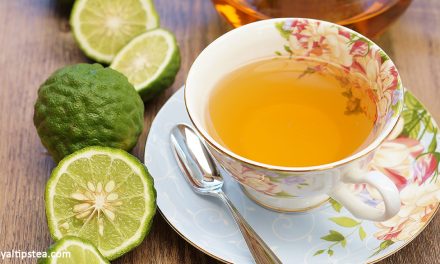All Pu-erh Teas are Assamica Variety
The southern, sub-tropical, forested region of Yunnan province is where the story of tea began. It was here in the humid foothills of the Himalayas that the plant is thought to have first grown thousands of years ago. And, although the small-leafed Camellia sinensis sinensis (Chinese Camellia sinensis) grows in other parts of China, it is the large-leafed Camellia sinensis assamica that grows as a native to Yunnan. It is the same branch of the tea family that is found in northern Vietnam, northern Loas, Myanmar and Assam, for the birthplace of the tea plant – what is often called the ‘Himalayan corridor of diversity’ – includes those regions as well as southern Yunnan.
The ancient wild trees that are so important to the production of quality Puerh teas today are all assamicas. In thick forest areas, where they have been left to grow organically for hundreds of years, they have climbed up and up towards the sky and a few reach heights of 20 to 30 metres. In more open areas, where they do not struggle for light, the trees stretch their branches sideways and look more like large apple trees. Their strong thick trunks are sometimes single, sometimes multiple, and their leaves are long and broad, big enough to stretch from your fingertips to your elbow.
The oldest trees are found in the jungles of Xishuangbanna, which borders Laos and Myanmar, and also in Lincang district, which lies a little further north west on the border with Myanmar, and in Simao district, close to the town of Puerh. People in several of the most famous areas claim to have the oldest, tallest ‘king of trees’ growing on their local mountain.
Classification of Tea Trees according to their Age
The tea trees are divided into three groups – ancient or antique trees, old trees, and new trees.
– ‘Ancient’ or ‘antique’ refers to trees that are over 100 years old and have been left to grow wild, with no cultivation, no fertilization, and no use of pesticides, etc.
– ‘Old’ refers to trees that are between 30 and 100 years old and are usually semi-wild, having been grown from seeds or cuttings from older wild trees and then planted and cultivated in tea gardens.
– ‘New’ refers to young bushes that have been planted much more recently on tea farms and gardens.
The most valued are of course the oldest wild trees for, as they have grown organically, they have pushed their roots deep down into the earth to seek out nutrients and water and have had to struggle to survive. The stress they have experienced in that difficult situation gives the leaves a finer, more subtle, more aromatic flavour than teas from bushes that have not had to work hard to survive.
To gather the new leaf shoots and buds from the oldest wild trees, farmers often have to walk long distances into the forests carrying their baskets on their backs. When they reach the trees, they must climb up into the branches and balance carefully while plucking off the leaves. To protect the quality of the teas from the most precious of the ancient trees, they are usually only picked once a year in the spring, and each tree yields only two or three kilograms of tea each year.

